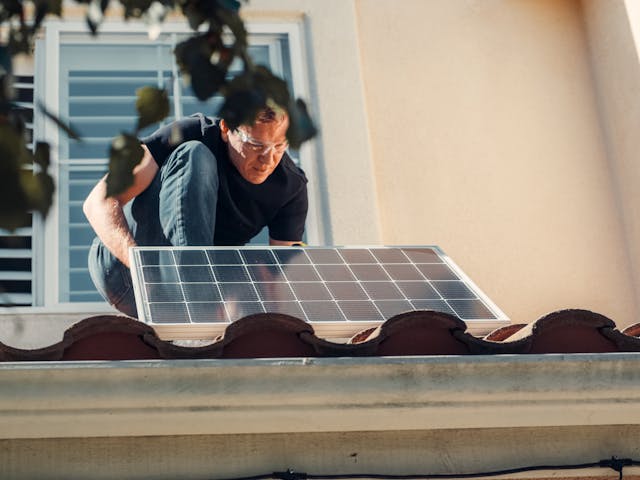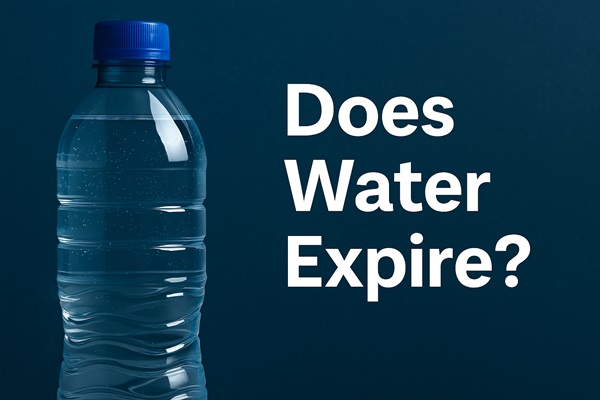Quick Answer: Solar Panel Efficiency
Solar panel efficiency shows how much sunlight a panel turns into electricity. Modern panels reach 18–23% efficiency. That means they convert about one-fifth of sunlight into usable power.
But efficiency is only part of the story. Real-world performance changes with temperature, shading, tilt angle, and even the quality of the inverter or battery. For most homeowners, the bigger picture includes system design, cost, and long-term reliability.
Why Efficiency Numbers Matter
When you shop for solar panels, you’ll see numbers like 18%, 21%, or 23%. At first, the higher number may look best. But paying more for 23% efficiency does not always make sense. Efficiency helps, but it’s not the only thing that matters in daily use.
What This Guide Covers
In this guide, you’ll learn:
- What solar panel efficiency really means.
- How it affects your energy savings.
- What to check for beyond marketing numbers.
We’ll break down the science, the costs, and the future of solar panels. That way, you can make the right choice—whether for your home, RV, or off-grid cabin.
What Solar Panel Efficiency Actually Means
Efficiency measures how effectively a panel converts sunlight into electricity.
- If 1,000 watts of sunlight hit a square meter of solar panel and it produces 200 watts of electricity, the panel’s efficiency is 20%.
- The rest is lost as heat, reflection, or electrical resistance.
Standard Test Conditions (STC) are used for ratings:
- Light intensity: 1,000 W/m²
- Cell temperature: 25°C (77°F)
- Air mass: 1.5
But real life is different. Weather, shade, panel angle, and system design all affect how much energy you actually get.
Efficiency vs Power Output: Why Size Matters
A common misconception is that higher-efficiency solar panels automatically generate more electricity. In fact:
- Two 400W panels (18% vs 23%) will both produce 400W.
- The difference is that the 23% panel needs less roof space.
✔️ If roof space is limited (urban homes, RVs, boats), high efficiency is critical.
✔️ If space is plentiful (farms, large roofs), lower-efficiency panels may deliver the same energy at a lower cost.
Factors That Impact Efficiency
Heat and Temperature Loss
Solar panels are tested at 25°C (77°F). But in real life, rooftop panels get much hotter.
- Every panel has a “temperature coefficient,” usually –0.3% to –0.5% per °C above 25°C.
- Example: A panel with –0.35%/°C running at 45°C loses about 7% output.
- Dark roofs, poor airflow, and hot climates (like Arizona or Dubai) make the problem worse.
- Panels with better designs, such as half-cut cells or double-glass panels, handle heat more consistently.
If you live in a hot area, choose panels with a low temperature coefficient (closer to –0.3%/°C).
Shading Problems
Even small shadows hurt performance. That’s because solar cells are connected in a chain.
- A shadow on just 5–10% of a panel can cut power by 25–30%.
- Most panels include bypass diodes, which reduce some of the loss.
- The best fix is microinverters or optimizers, which let each panel work on its own.
If your roof has shade from trees or chimneys, use microinverters or optimizers.
Panel Angle and Direction
The tilt and direction of your panels matter.
- In the Northern Hemisphere, panels should face true south; in the Southern Hemisphere, face true north.
- Best tilt = your location’s latitude (e.g., ~30° in Texas, ~52° in London).
- Changing tilt with the seasons helps: steep in winter, shallow in summer.
- Tracking systems can boost output 15–25%, but they are costly and mostly used for big projects.
For homes, fixed racks are common, but adjustable mounts can improve results.
Dust and Dirt
Dust, pollen, and bird droppings block light.
- Light dirt can cut output by 2–10%. In deserts with no rain, losses may reach 20%.
- Rain helps wash some dirt, but not oily stains.
- Cleaning with water and a soft brush—or hiring a service—restores performance.
- Newer panels may have dust-resistant coatings that stay cleaner.
System Losses
The whole solar system—not just the panels—has losses.
- Inverters (DC to AC conversion): lose 4–8%. Best models reach 97–98% efficiency.
- Cables: lose 1–3% if too long or too thin.
- Other parts (fuses, controllers, boxes): add another 1–2%.
Most homes lose 10–15% in the system. Choosing good inverters and cables helps minimize this.
Market Efficiency Levels Today
| Panel Type | Typical Efficiency | Key Features | Best Use Cases |
| Monocrystalline | 20–23% | Compact, durable, high-performing | Homes, RVs, urban roofs |
| Polycrystalline | 16–18% | Cheaper, slightly less efficient | Large rural roofs, budget projects |
| Thin-Film | 10–13% | Lightweight, flexible | Portable solar, mobile setups |
Cost vs ROI: When Higher Efficiency Pays Off
Efficiency isn’t just about physics—it affects your wallet.
- Higher-efficiency panels cost more upfront but may reduce installation labor and racking needs.
- ROI Calculation Example:
- A 6kW system with 18% panels may require 400 sq ft of roof.
- A 6kW system with 22% panels may need only 330 sq ft.
- If roof space is tight, the extra cost per panel could be worth it.
Payback Periods vary: In sunny states like Arizona, ROI may be under 7 years. In cloudy northern regions, ROI may stretch beyond 10 years.
Myths About Solar Panel Efficiency
- Myth 1: Higher efficiency = better quality.
→ Build quality, warranties, and installer expertise matter just as much. - Myth 2: Efficiency drops rapidly over time.
→ Modern Tier-1 panels degrade only 0.3–0.5% per year, still producing ~85% power after 25 years. - Myth 3: Low-efficiency panels are useless.
→ They can still be the most cost-effective option where roof space is abundant.
Efficiency in Practice
- City Home, Los Angeles: Small roof → used 22% panels to cover all energy needs.
- Farmhouse, Texas: Big barn roof → picked 18% panels, saved $4,000 upfront, same yearly output.
- Off-Grid RV: Tiny roof → needed 23% panels to power appliances.
How to Boost Your Solar System
- Clean panels often to let in more light.
- Adjust tilt with the seasons if possible.
- Use MPPT charge controllers for better energy capture.
- Pair panels with lithium batteries to reduce storage loss.
- Choose energy-efficient appliances to cut demand.
These steps can raise real-world output by 10–20%.
The Future of Solar
Labs are working on next-gen panels:
- Perovskite + Silicon Cells → over 30% efficiency in labs.
- Quantum Dot Solar → thin, flexible, and light panels.
- Bifacial Panels → capture light on both sides, add 5–15% yield.
Challenges remain—stability, cost, and scaling. But panels with 28–30% efficiency may reach homes within a decade.
Final Thoughts
Efficiency is important—but it’s not the only factor.
- Good design, smart installs, and ROI matter more than chasing the highest number.
- For most homes, mid-efficiency panels give the best mix of price and performance.
As new tech matures, solar will become even more powerful and cost-effective.




